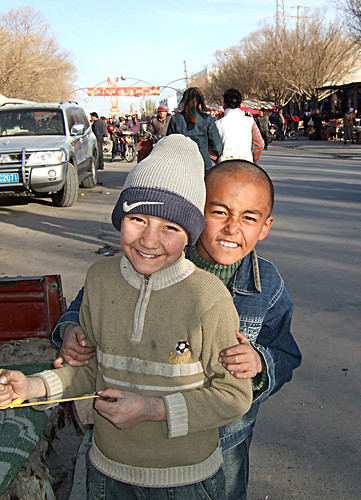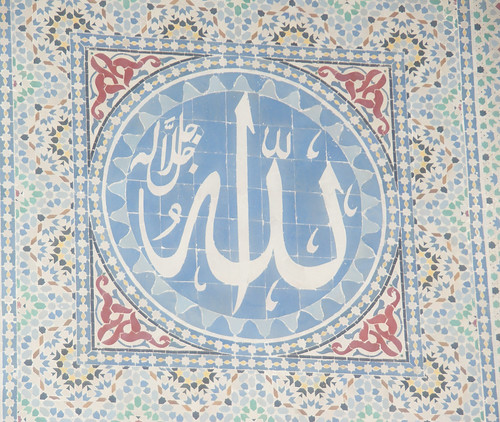In the middle of the desert landscapes of Taklamakan, in the north-west part of China, the land of Xinjiang Uyghur Autonomous Region is the least populated land while it covers near to a sixth with the nation's area. Getting resisted while in centuries the chinese control, Xinjiang Uyghur Autonomous Region, or Old Turkestan, fell within the Chinese Han domination in 1949. From then, its population is mainly Uyghur People and Turkish - speaking System.
Islamic above all, the Uyghurs have a deep religious identity which, in specific, allowed them to preserve a strong big difference in opposition to the Chinese enemy. Really, the Uyghur Kingdom of Mongolia knew a amazing civilization, until its absorption by the Mongolian Empire in the XIIIth century.
While in their historical past, the Uyghurs successively taken on Shamanism, Manicheism, Buddhism and the Nestorianism before finally moving to Islam when the Arab conquerors beat the Chinese in year 751 BC., as a result starting the way to the Islamization of the complete Central Asia.
Under the effect of the religions which they taken on, Uyghur People taken successively, and at times in a competing way, a large number of written forms (turco-runic, brahmi, tokharien, soghdien) before developing their own unique graphic system.
The coming of Islam was a great modification because it was supported by the assimilation of the Uyghur land in the immense Turco-Mongolian and Islamic Empire. Thus, the descendants of Genghis Khan progressively replaced their writing by a Arabo-Persan alphabet, still used currently.
If their writing, their own language and their religion mark a real big difference with the tradition of Chinese Han, the Uyghurs also differ from their aspect, so characteristic of Central Asia's people. A shiny skin, eyes representing a whole pallet of colors, from black to deep blue, features pointing out to the Mongolian, Turkish or Uzbek roots of these men and these women.
For a few years, China has included the proper identity of these remote people, although they represent only eight million people - a trifle for this large area. Therefore, Uyghur people are now part of the 56 ethnic minority groups having been well-known in an official way by the People's Republic of China.
This statute will allow them a few rights in a land exactly where their big difference is very often repressed. Thus, Uyghur families escape the "single child policy" and their language is recognized as the second official language in Xinjiang Uyghur Autonomous Region.
The integration of the Uyghurs and their culture in the People's Republic of China, however, seems quite illusory. The presence of natural sources in Xinjiang, and its distance with nations acknowledged as sensitive, strongly motivated the government to accelerate the sinicization of this area. Million of Han thus came to settle in this new Chinese eldorado, monopolizing the greater responsibility jobs.
In reaction to this true will to assimilate the Uyghur people into the Chinese culture, an independent party like East Turkistan Islamic Movement(ETIM) was born in the early 1990.
Saying more freedom, but primarily the recognition of their true identity, this movement was seriously repressed by the power authorities in place Xinjiang.
The events of September 11, 2001, were the perfect occasion for the Chinese government to justify true reprisals: they declared the "Uyghur freedom fighters" as dangerous terrorists linked to Al Quaida because of their Muslim origins and their proximity with Pakistan and Afghanistan... However, the terrible repression which followed did not calm down the anger. The Uyghurs population continues today to proudly keep their identity and their tradition , though they become a minority on their own territory.
To get more detailed information about the Uyghurs, you can visit a Uyghur website called Uyghur News at http://www.uyghurnews.com




No comments:
Post a Comment